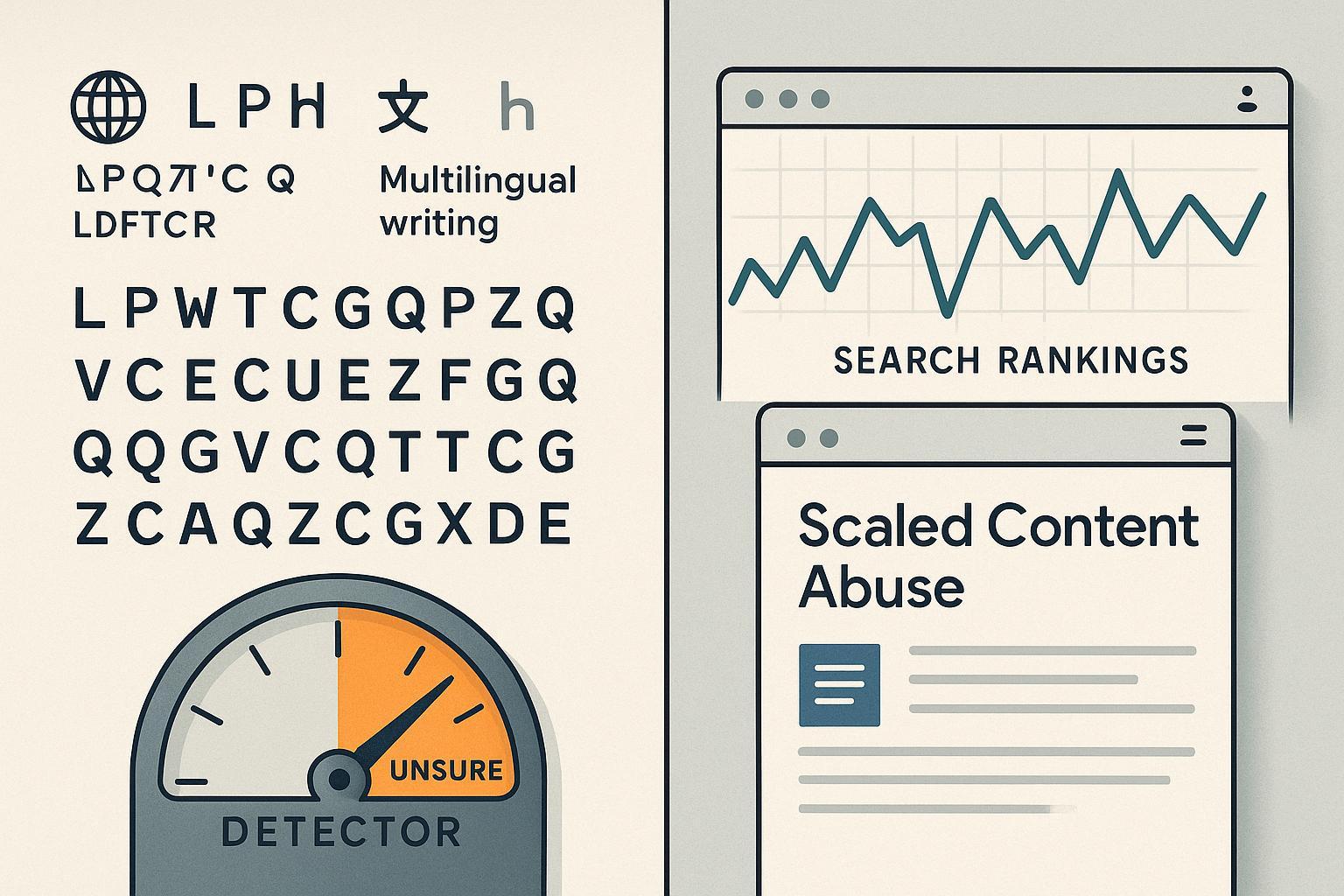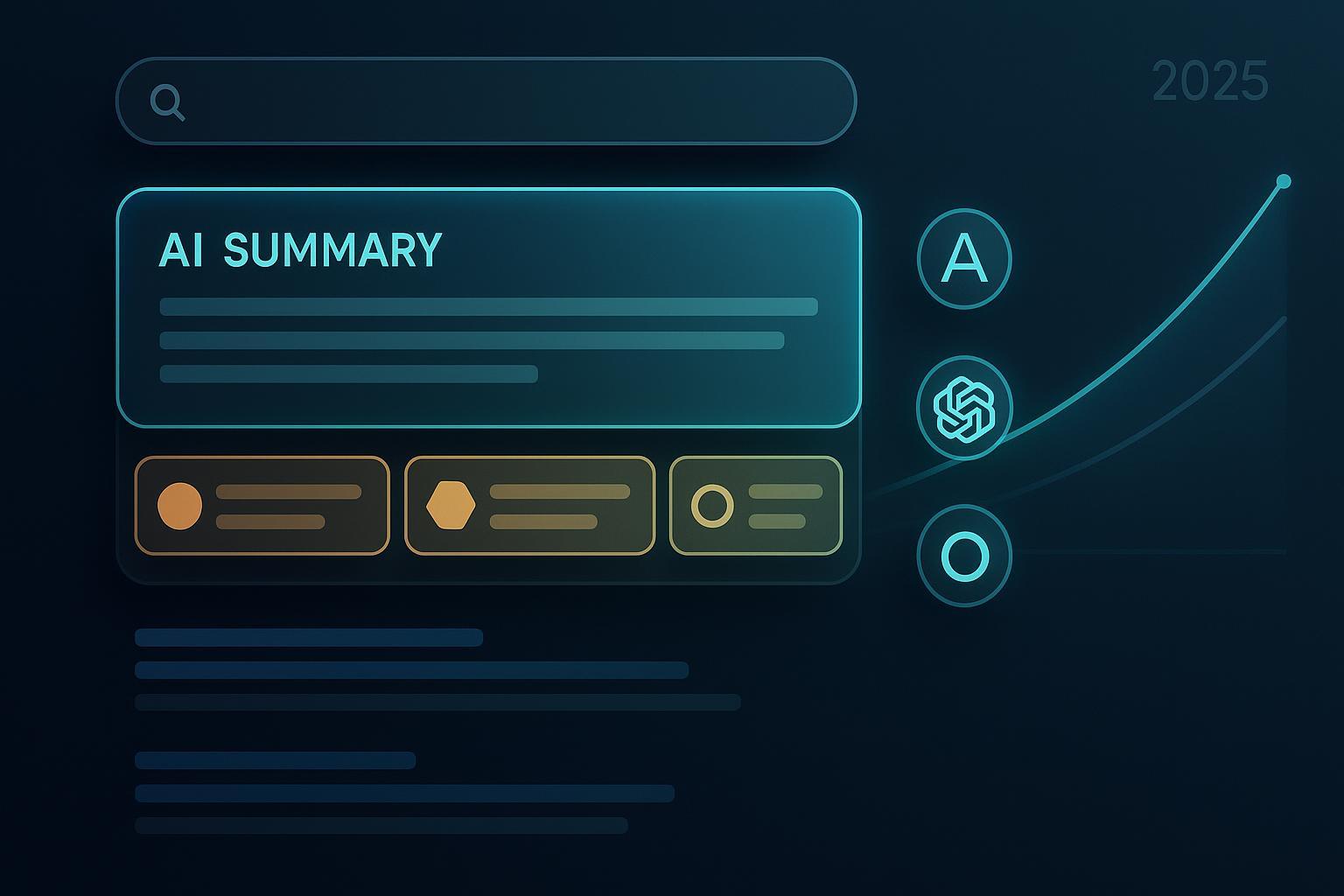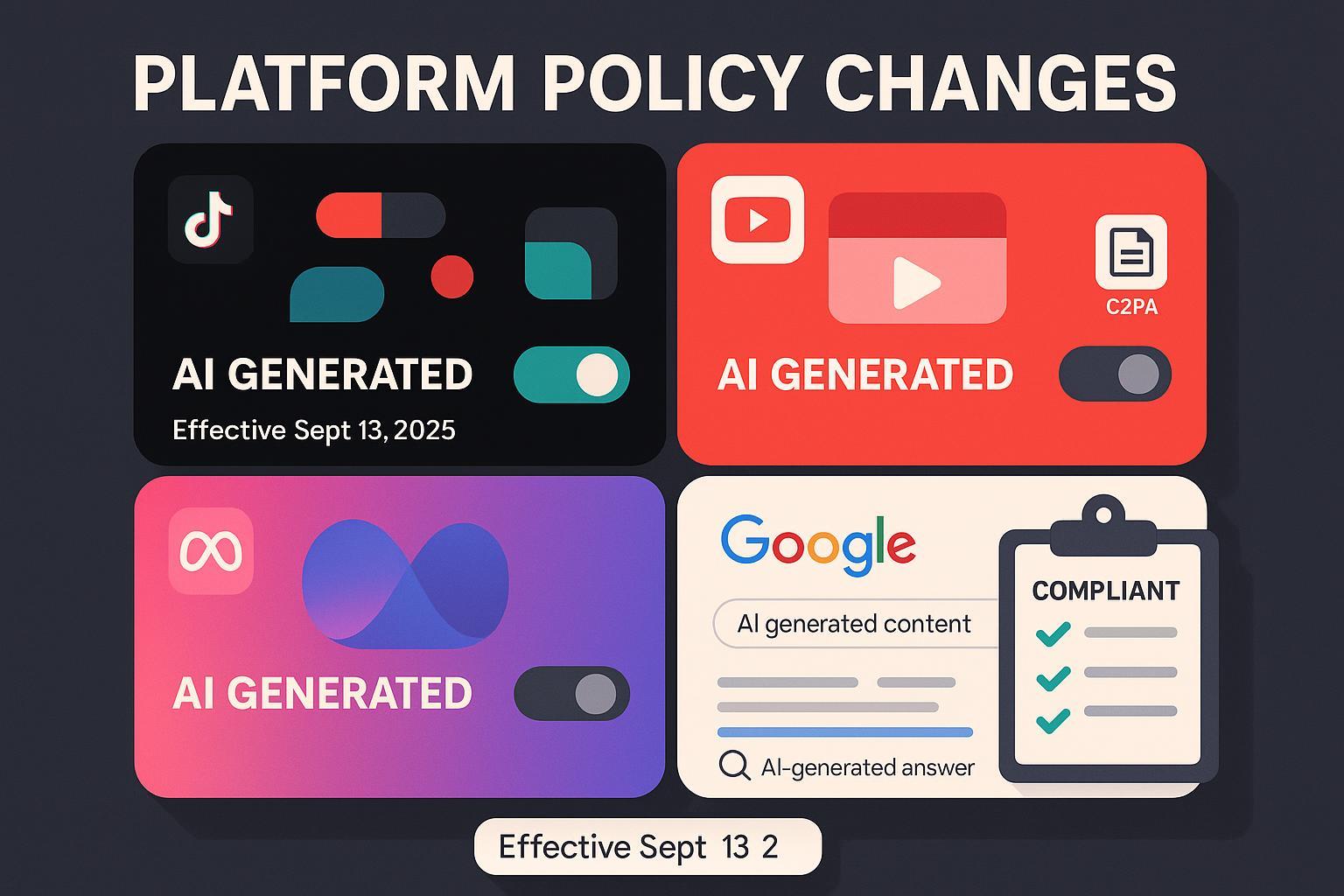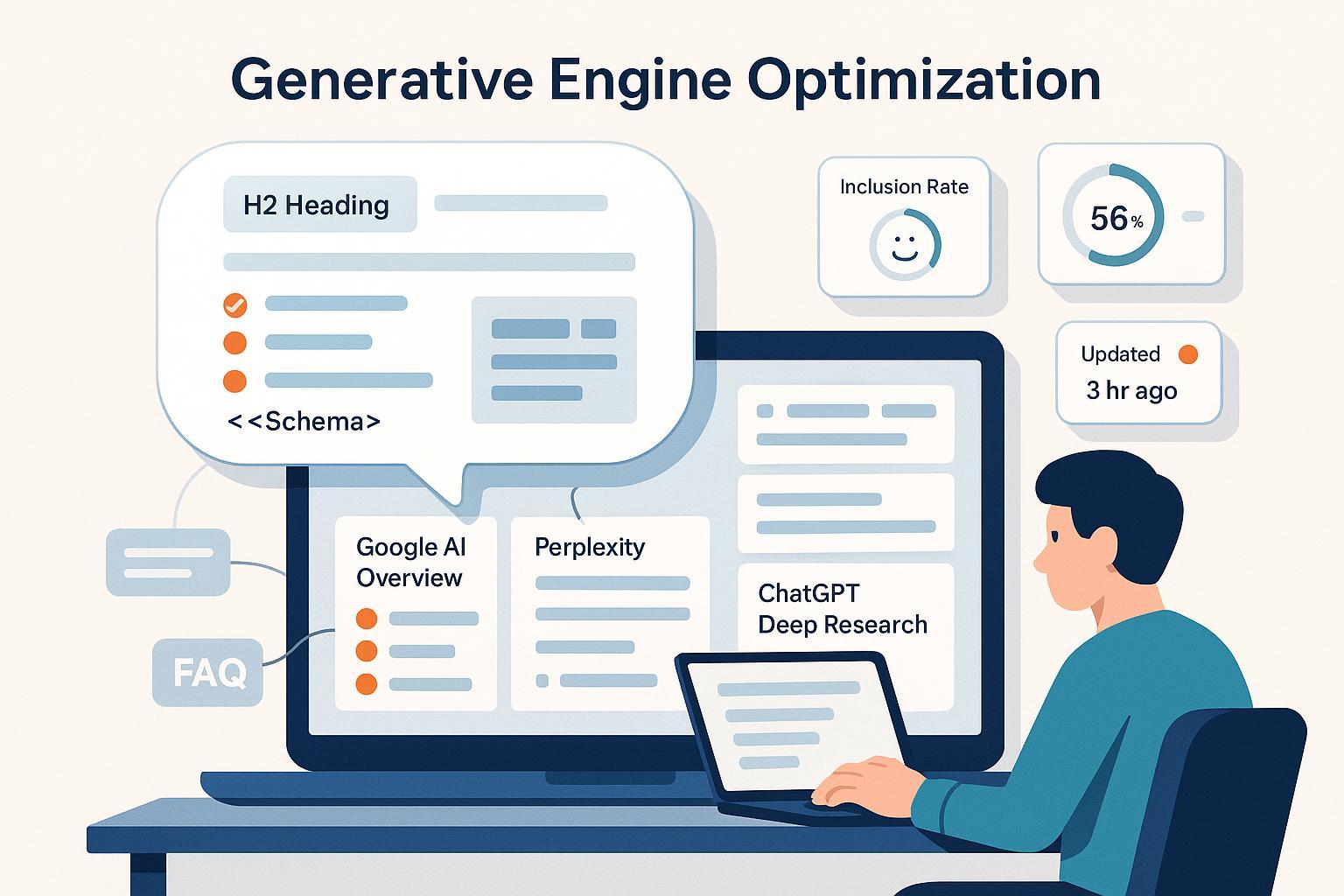Best Practices for Multilingual AI Search Optimization (2025)
Discover actionable 2025 strategies for optimizing multilingual content for LLM comprehension, including advanced workflow, technical SEO, and Geneo platform integration for AI search visibility.

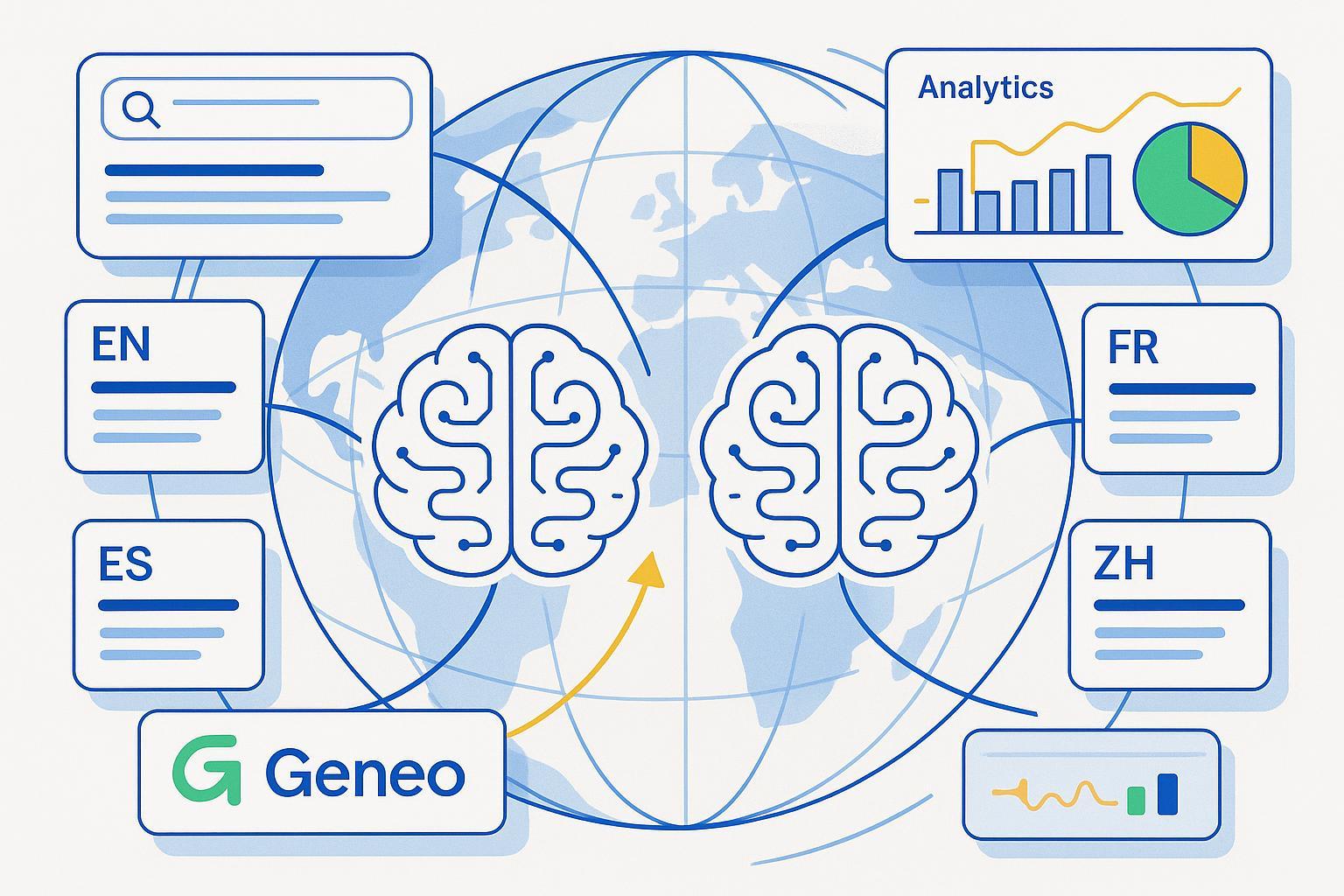
Why Internationalized LLM Optimization Is a Necessity—Not a Luxury—in 2025
Brands now compete not only for space on traditional SERPs but within the conversational strands of AI-powered search platforms—ChatGPT, Perplexity, Google AI Overview, and more. In 2025, over 70% of global queries are non-English, and search dominance hinges on being accurately surfaced and interpreted by LLMs, which operate on semantic, context-driven signals rather than just keyword and link profiles (Weglot multilingual SEO tips, 2025). Getting this right is the difference between international market traction and digital invisibility—particularly as LLMs rewire how information is synthesized, cited, and recommended in each language.
Practically, this means that multinational brands and content teams can’t afford to treat multilingual SEO as "copy and translate" anymore. The stakes are higher: LLMs generate answers, influence sentiment, and set discovery pathways. But they also hallucinate, conflate entities, and surface poorly localized content. The following workflow and practices will help you side-step pitfalls, drive authentic engagement, and create a feedback loop for international optimization—grounded in the realities of both human and AI oversight.
Fundamentals vs. Advanced: What Makes International Best Practice in LLM Search Distinct?
LLM Comprehension Differs—Here’s How
- Semantic, Not Just Syntactic: LLMs interpret content through contextual embeddings, meaning they "understand" nuance, intent, and cultural reference—not merely keywords. This makes idiomatic language, regional relevance, and conversational tone essential (HBR LLM SEO Optimization, 2025).
- Structured Data Signals: Markup such as Schema.org/JSON-LD boosts entity recognition, allowing LLMs to surface and cite brands, products, and local information with greater accuracy (ContentGecko schema production guide, 2025).
- Multilingual Indexing Nuances: Unlike traditional search, LLMs can fuse data across languages, sometimes leading to cross-market entity confusion or translation distortion (XTM localization challenges, 2025).
Advanced Pillars
- Intent Localization: Research native search intent—what, how, and why users ask questions in each region. Don’t force literal translations; adapt for cultural and conversational appropriateness.
- Conversational Content Creation: Structure content as answers to potential user queries, making use of region-specific phrasing and context.
- Technical Consistency: Deploy hreflang, canonical, and localized schema with discipline; set up unique URLs for each language.
- Continuous Monitoring and Feedback: Use cross-platform tools (e.g., Geneo) to see where your brand is mentioned or cited (positively or negatively) within AI responses—by language, region, and LLM platform.
- Iterative Revision: Live, actionable dashboards empower real-time optimizations based on shifting performance data—not just quarterly audits.
"LLMs reward brands who speak the local language—literally and culturally—at both the technical and conversational level, no shortcuts." — Field insight from MotionPoint multilingual SEO guide, 2025
Technical Workflow: Stepwise Execution for LLM-Ready Multilingual Content
Step 1: Native Keyword & Intent Research
- Use region-specific research (Phrase, Localazy) to identify how your audience actually formulates questions and product searches in each language. Semantic intent beats direct translation every time (Phrase multilingual keyword research, 2025).
- Map conversational variants and align them with your information architecture and content templates.
Step 2: Content Localization Beyond Translation
- Adapt product, FAQ, and landing page copy for local idiom and context. Adjust examples, storytelling, and brand voice.
- Localize multimedia: Use regionally relevant images, captions, and video voice-overs.
- Review AI-generated translations (DeepL, Google Translate) for cultural nuance—then post-edit with native expertise (DeepL Report, 2024).
Step 3: Technical Infrastructure for Multilingual Discovery
- Unique URLs per language: Use subfolders or subdomains (e.g., /fr/, /de/) to separate locale content.
- hreflang: Implement for each regional/language variant to guide LLMs and search engines—test with automated validators (Strapi multilingual SEO best practices, 2025).
- Canonical & Alternate Tags: Avoid duplicate confusion; set canonical URLs and link between alternates.
- Metadata Localization: Title, description, and alt tags must be translated and contextually adapted.
- Schema.org Markup: Use json-ld to encode local business info, FAQs, reviews—regionalized where possible.
- Multimedia Localization: Translated infographics, localized images, and transcripts for audio/video content matter for both search and LLM inclusions (MultiLipi strategy, 2025).
Quick Audit Checklist
- Native keyword/intent mapped for each language
- Cultural content adaptation completed
- Unique URLs and hreflang validated
- Canonical/alternate tagging set
- Metadata and schema localized
- Multimedia fully regionally translated
Step 4: On-Page and Conversational Optimization
- Organize multilingual content logically, with clear headings and list structures. LLMs respond better to well-marked, question/answer formats.
- Interlink related pages within each language domain for both SEO and conversational depth.
Step 5: Monitoring, Analytics, and Iteration—Geneo Scenario Workflow
Real-Time Multilingual Brand/Content Monitoring with Geneo
Geneo’s platform allows marketing teams to:
- Track brand mentions across major AI platforms in multiple languages simultaneously—see where your products and messaging actually appear in AI-generated answers (Geneo unique insights guide, 2025).
- Monitor sentiment analysis for each language/region—catch misinterpretations, negative bias, or missed opportunities.
- Review historical search and AI response data to see trends, before/after effects of content updates, and competitive positioning.
- Receive actionable content optimization alerts—Geneo flags underperforming region/language combinations, suggesting workflow edits and scheduling check-ins.
Practitioner workflow example:
- Set up multilingual brand dashboards in Geneo.
- Identify regions with low mentions or negative sentiment—drill into LLM excerpts and SERP AI Overviews for context.
- Compare technical SEO status (hreflang, schema, metadata) with content quality.
- Update localized content and technical tags.
- Monitor impact on next AI/LLM crawl (via Geneo’s trend graph and sentiment score tracker).
- Schedule periodic reviews with the team using Geneo’s historical comparison features.
"Geneo’s multi-platform dashboard lets us see in real time how our localized messaging is picked up in both ChatGPT and Google AI Overview, and whether sentiment aligns across English, French, and Spanish." — Practitioner quote (paraphrased, Geneo demonstration workshops, 2025)
External Benchmarks
Brands who execute this closed-loop workflow see up to 70% more organic traffic and 13% higher international CTR compared to basic translation-only approaches (SearchAtlas SEO statistics, 2025; Localazy generative content share, 2025).
Advanced Tips & Automation Strategies: Scale, Consistency, and Pitfalls
Automation & Real-Time Feedback Loops
- Use workflow orchestration tools (e.g., LLM agent frameworks) to automate periodic review, translation memory management, and technical audits (GitHub Autonomous Agents, 2025).
- Integrate dashboards from Geneo and analytics platforms (Google Search Console, SEMrush, Ahrefs) for comprehensive reporting.
- Automate alerting for outlier entities or hallucinated facts—Geneo’s sentiment and mention analysis can help quickly spot issues at scale.
Pitfalls to Avoid
- Hallucinations: LLMs fabricate plausible but non-existent facts, especially in underrepresented languages (MIT HDSR hallucination analysis, 2025). Human review is critical for market-sensitive topics.
- Entity Confusion: Similar product/brand names across geographies require distinct schema and content; otherwise, LLMs may merge or misassign your information (XTM localization challenges, 2025).
- Translation Gaps: Machine translation can introduce subtle but damaging errors—always post-edit with native marketers, not just bilingual translators.
- Resource Hurdles: Proper internationalization requires ongoing investment—automation helps, but sustained human oversight and region-specific expertise make or break outcomes.
"There are no silver bullets—multilingual LLM optimization is continuous, multi-team, and occasionally trial-and-error. The platforms and best practices will keep evolving. Iterate and learn." — Transifex AI localization report, 2024
Practitioner Summary: Actionable Checklist, Key Points & Forward Outlook
Multilingual LLM Optimization Checklist (2025)
- [ ] Map native keyword and intent for every market
- [ ] Localize content, metadata, and all multimedia assets
- [ ] Validate technical SEO per language: URLs, hreflang, canonical, schema
- [ ] Deploy monitoring dashboards (Geneo, Search Console) for brand mentions and sentiment
- [ ] Iterate updates based on real-time analytics, not set-and-forget
- [ ] Automate reminders and workflow reviews using platform alerts
- [ ] Routinely review for AI hallucinations, translation errors, entity confusions
- [ ] Budget resources for ongoing oversight and adaptation
Key Practitioner Takeaways
- SEMANTICS WIN: LLMs care about intent, entity, and language nuance—not raw keywords. Localization means market-appropriate answers, not just translated pages.
- TECH INFRASTRUCTURE MATTERS: hreflang, schema, URL discipline—these tell LLMs and search platforms how to separate and recognize your content by market and language.
- MONITOR, ADAPT, REPEAT: Platforms like Geneo transform “audit and edit” into “monitor and optimize”—closing the loop for faster, data-driven international wins.
- NO SILVER BULLET: Success is iterative. Best practices in 2025 are likely to evolve—expect workflow churn with new LLM releases and changing cross-market behaviors.
Recommended References & Further Reading
- MotionPoint: 2025 Multilingual SEO Guide—Key Tactics to Boost Your Website’s Global Reach
- ResultFirst: AI SEO in 2025—GEO for AI Overviews & LLMs
- HBR: Forget What You Know About SEO—Optimize Your Brand for LLMs
- SeoProfy: LLM SEO—8 Strategies for AI Platforms
- Search Engine Land: 2025 Content Strategy for AI-Powered SERPs & LLMs
- Geneo: How to Cut Through AI Content Noise—Unique Insights Guide
Workflow Enablement with Geneo
Ready to maximize your brand’s multilingual AI search visibility? Deploy real-time monitoring, sentiment tracking, and iterative optimization with Geneo. Start your free trial, benchmark your international performance, and enable the closed-loop best practices that set industry leaders apart.
"Multilingual LLM optimization is an ongoing partnership—with your local teams, your tech platforms, and with the AI ecosystem itself. The smartest brands treat it as a living process."


